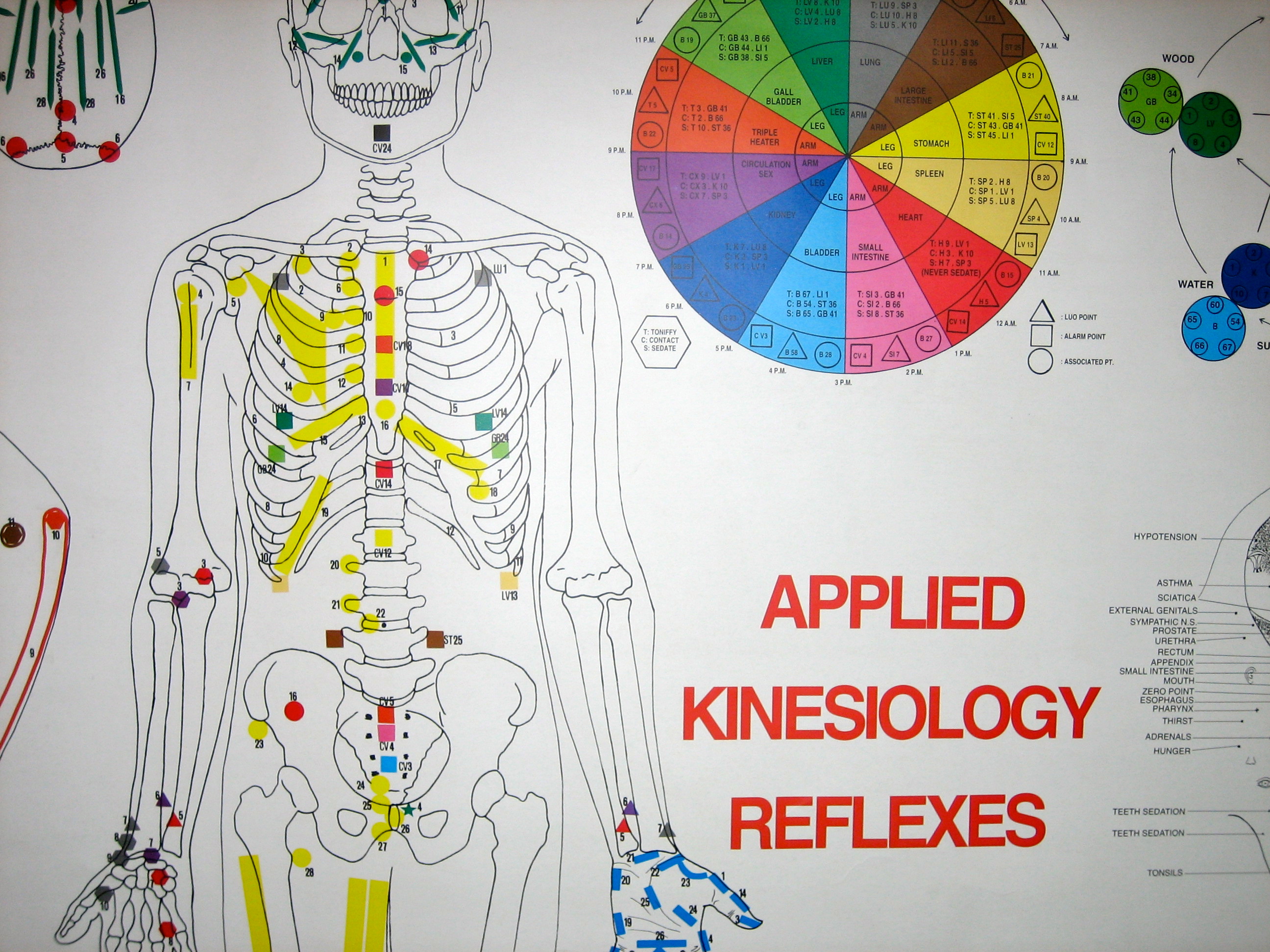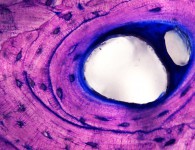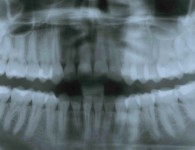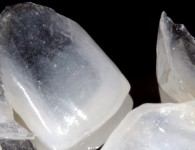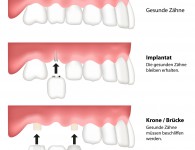Progress made in the field of research of all biochemical correlations in the human body, the interaction of organs and the effects of various pollutants and toxins on different areas of human functional circuits determine diagnosis methods which are more far-reaching than traditional medical laboratory tests and x-ray examinations. The evidence shown by quantum physics proves that every thing is connected and interacts. The ascertainment that material can be a surge and vice versa, explains why, aside from all important and necessary methods of diagnosis such as inspection, palpation, imaging techniques, blood/urine examinations etc., more and more bioenergetic examinations are implemented.
Technical healthcare can detect disease and its cause as long as this involves straightforward or acute cases. However many of our patients suffer from chronic disease and pain with blurred images or the so-called CMF syndrome (chronic fatigue syndrome), which is not classified in the traditional medical guidelines. This can be caused by many factors which interfere with the regulatory function of the fibrous tissue. Particularly the head and oral cavity are embedded in a system of energy paths. Here the meridians start and end (energy pathways from the field of acupucture/TCM). R. Voll and J. Gleditsch have proved impressively in their research work just how charged with energy the area where dental surgeons carry out their work is. Many of the bioenergetic methods require electronic measuring apparatus. Applied Kinesiology provides the possibility of examining the basic condition and reaction of the body to the various stimuli without the use of equipment.
Applied Kinesiology, also known as AK, is primarily a method of diagnosis which when used in combination with further results from the field of traditional medicine, ensure and refine the diagnosis and widen the therapeutic spectrum as a result.
AK was introduced in the medical world by the American chiropractor Dr. George J. Goodheart in 1964. He made the observation that muscles quickly changed their strength when examined using standard Kendall and Kendall muscle tests, wherby various stimuli were given to the muscle area and peripherally to the body. The muscle being tested changed reproducibly depending on the stimulus from weak to strong and vice versa. Ingenuously, Goodheart combined this wide knowledge from the fields of dietetics, phytotherapy, acupuncture and constitutional therapy with his long chiropractic experience and combined all this with the results from the muscle tests to form Applied Kinesiology. From this rose the commitment to view each health problem from a holistic perspective, excluding nothing, the „Triad of Health“ perspective – the triangle of health and the correlation of individual specialist fields and therapy approaches to the mind, chemistry and structure.
The body´s structure (muscle/skeleton), the biochemical environment (metabolic processes) and the mind are linked to form a dynamic system. Bearing all three sides in mind, every imbalance causes different focal points and depending on the test results sensible therapeutic strategies. AK is always based on the use of all necessary medical examinations such as inspection, palpation, imaging methods or laboratory examinations.
As with all good innovations a hoard of variations mushroom as a result, especially amongst laypeople. For example the „Touch for Health“ movement, „Behavioural Kinesiology“, Neural kinesiology or edukinestetics and many more. Many of these methods do not carry out necessary methods of traditional medicine and if they do then only very superficially. No value is placed on standard muscle tests. AK as practised byGoodheart distances itself from such lay practice emphatically.
In the field of dentistry a thorough anamnese and clinical examination is carried out before any AK tests are done. In important problem areas of dentistry AK can help to ehhance the diagnostic and therapeutic spectrum to the patient´s benefit.
Proven applications for drawing up an optimal treatment plan:
- Testing prior to fitting implants in order to rule out possible mandibular ostitis (dormant residual infection in the jaw bone tissue)
- Material testing of all dental materials, including implants
- Field of interference testing to detect any possible interrelation with chronic illness
- Testing for optimal adjustment for mandible splint prior to taking occlusal checkbite
- Accompanying remedy testing from the fields of homeopathy, phytotherapy orthmolecular medicine and nutrient therapy
- General therapy testing

